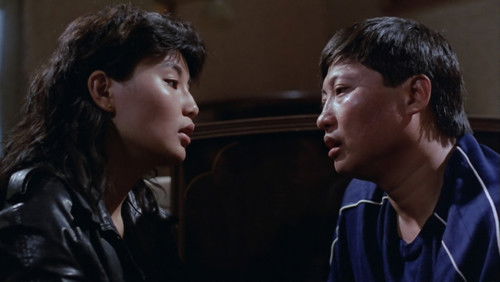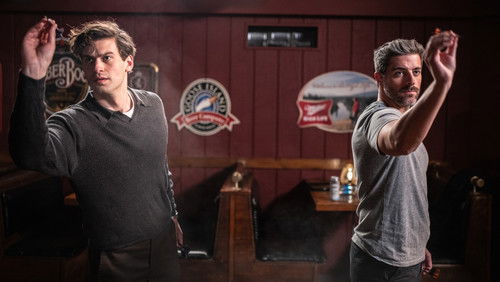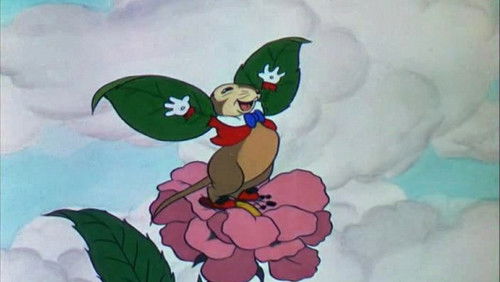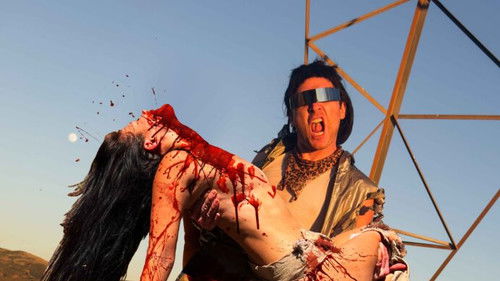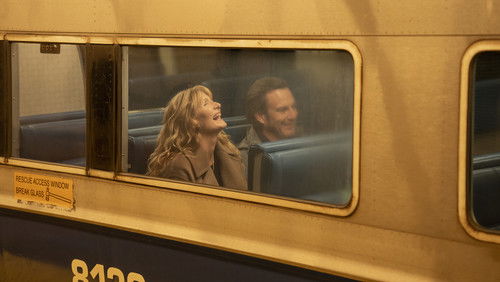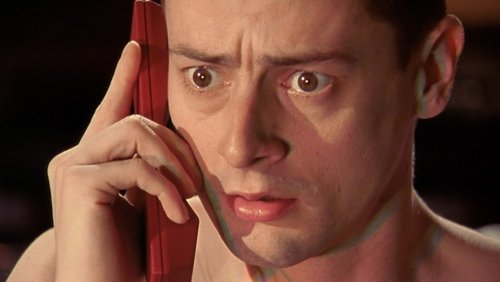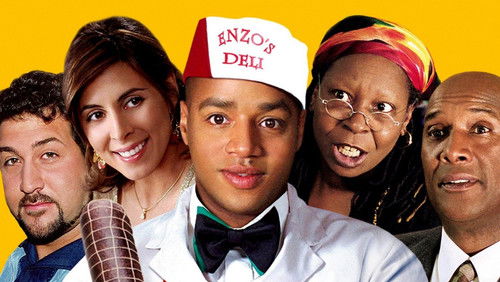Manche mögen's geheim (1964)
14KManche mögen’s geheim: Directed by Ralph Thomas. With Dirk Bogarde, Sylva Koscina, Robert Morley, Leo McKern. Czech-speaking, out-of-work Briton Nicholas Whistler (Dirk Bogarde) is unwittingly sent on a secret mission to Prague by British Intelligence.
“For those of us who were growing up after World War II, there wasnu0026#39;t much about the Cold War that was funny. At least, not during the late 1940s and 1950s. But after Nikita Khrushchevu0026#39;s visit to the U.S. in September, 1959, things began to change. Still on guard and wary of the Soviets, America and Western Europe began to take the Cold War a little more lightly at times. So, films such as u0026quot;Agent 8 ¾u0026quot; began to appear. Others have noted the films based on Ian Flemingu0026#39;s James Bond character, and similar spoofs. u003cbr/u003eu003cbr/u003eBut, this was still a time of tension. People were fleeing Soviet controlled countries, and Berlin was one of the last places of escape. So, the Soviets began building the Berlin wall in August 1961. Even after the wall was up, there were occasional daring escapes. Hollywood turned out some excellent films that looked at the escape attempts and other espionage thrillers. u0026quot;The Spy Who Came in from the Coldu0026quot; came out in 1965. It gave a realistic and excellent feel for the east-west tension in Germany at the time. u003cbr/u003eu003cbr/u003eI recall an incident when I was in the Army and stationed in Germany, 1962-1964. A friend and I flew the mail plane from Frankfurt to Berlin for a long weekend visit to tour the city. We took an American military tour bus through Checkpoint Charlie into East Berlin. We made a stop at the Soviet War Memorial, and as we were leaving, a small group of East German boys approached us. GIs in those days always had gum or candy on hand, and we gave the boys both. As our bus was pulling out, our guide told us that the German Police would take the goodies from the boys. Sure enough, as we watched through the rear window, two cars pulled up and men in long black coats got out and corralled the kids. Hollywood couldnu0026#39;t have staged it any better.u003cbr/u003eu003cbr/u003eMost of the espionage films during the1960s were combination action, mystery and thrillers. They were interesting and the better ones kept viewers on the edge of their seats. Some had humor. Some of the best were u0026quot;The Prizeu0026quot; in 1963, u0026quot;The Ipcress Fileu0026quot; in 1965, u0026quot;Arabesqueu0026quot; in 1966, u0026quot;The Deadly Affairu0026quot; in 1966, u0026quot;Funeral in Berlinu0026quot; in 1966, u0026quot;Torn Curtainu0026quot; in 1966, u0026quot;Ice Station Zebrau0026quot; in 1968, and u0026quot;Topazu0026quot; in 1969. A number of spy spoofs also came out in that time, but none were very exceptional. Films other than espionage around the Cold War were quite good and funny. But the Cold War spy spoofs mostly were so-so. u0026quot;Agent 8 3/4 u0026quot;is about as good as they got, and itu0026#39;s little more than a light, somewhat entertaining movie. The plot is OK, but the script is weak. There are no great funny lines, and only a few laughs over panning one thing or another about the British or Soviet secret agencies. The actors are good but not exceptional.”
